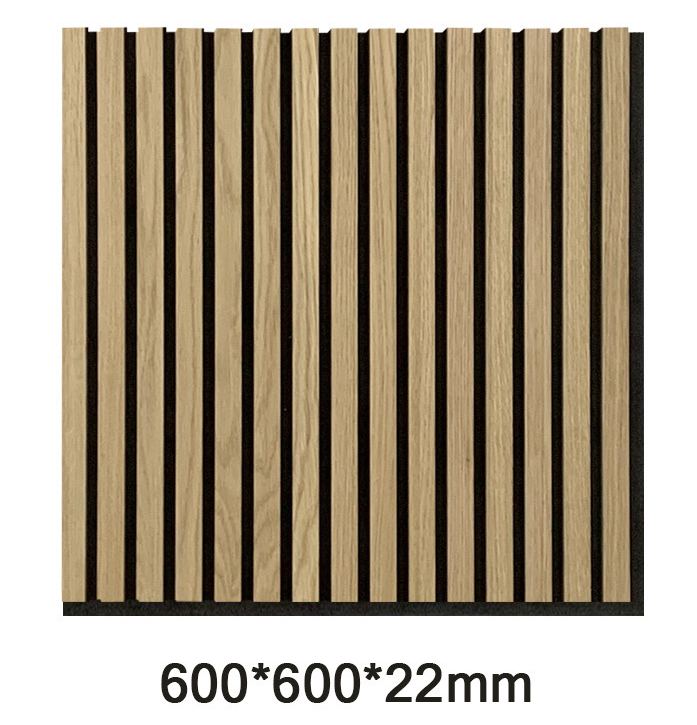Understanding Acoustic Panel Types Enhancing Sound Quality in Various Spaces
In today's world, where sound quality can make or break the experience of music, movies, or even conversations, acoustic panels have taken center stage in architectural and interior design. These panels are essential for controlling sound in various environments, from recording studios and home theaters to open offices and restaurants. This article aims to delve into the different types of acoustic panels, their features, applications, and how they can help enhance sound quality in various spaces.
1. Fabric-Wrapped Panels
One of the most common types of acoustic panels is fabric-wrapped panels. These panels consist of a core made from sound-absorbing materials, such as fiberglass or foam, covered with decorative fabric. The fabric is not just for aesthetics; it allows sound waves to penetrate the panel, where they are absorbed, reducing echoes and reverberation. Fabric-wrapped panels can be customized in color, texture, and shape, making them versatile for any interior design. They are particularly useful in spaces that require both sound absorption and visual appeal, such as conference rooms and theatres.
2. Foam Panels
Acoustic foam panels are widely used in recording studios due to their lightweight construction and excellent sound absorption properties. Typically made from polyurethane foam, these panels come in various shapes, including wedges, pyramids, and egg crates. Their geometric designs create air pockets that trap sound waves, reducing reflections and background noise. While foam panels are effective for specific applications, they tend to vary in performance based on density and thickness. It’s important to choose the right type of foam panel based on the specific acoustic needs of the space.
Ceiling baffles are horizontal panels suspended from the ceiling, helping to control sound in large, open spaces. They are particularly effective in venues such as gymnasiums, auditoriums, and restaurants where sound can bounce off hard surfaces and create a cacophony. Baffles can be designed in various lengths, widths, and materials to meet aesthetic preferences while improving sound quality. Their unique placement allows them to disrupt sound waves traveling in different directions, effectively managing both echo and noise.
acoustic panel types

4. Bass Traps
Bass traps are specialized acoustic panels designed to tackle low-frequency sounds, which are typically more challenging to absorb than higher frequencies. These panels are often placed in corners where sound waves tend to gather, providing a more balanced acoustic environment. Bass traps can either be constructed as dedicated elements in a room or integrated into other types of acoustic treatments. For music producers and filmmakers, incorporating bass traps into their soundproofing solutions is essential for achieving high sound fidelity and clarity.
5. Diffusers
Unlike absorptive panels, diffusers are designed to scatter sound waves rather than absorb them. This scattering helps to create a more even sound field in a room, preventing the buildup of echoes or dead spots. Diffusers come in various shapes and materials, including wood, plastic, or specialized foam. They play an essential role in spaces where sound clarity is paramount, such as theaters and concert halls. By balancing absorption and diffusion, a room can maintain an engaging auditory environment, suitable for both speech and music.
6. Movable Acoustic Panels
For spaces that require flexibility, movable acoustic panels offer a practical solution. These are portable acoustic dividers that can be repositioned based on the specific acoustic needs of a situation. Often seen in multi-purpose venues, they can be deployed to adapt spaces for different events, maximizing sound control regardless of the layout. Movable panels can be fabric-wrapped, foam, or even glass, providing both acoustic performance and physical separation.
Conclusion
Understanding the various types of acoustic panels is vital for anyone looking to optimize sound quality in a given space. Each type of panel offers unique benefits, and the choice largely depends on the specific acoustic challenges faced within the environment. By selecting the right combination of acoustic solutions, individuals can significantly enhance auditory experiences, making spaces more enjoyable and functional. Whether you’re planning a state-of-the-art recording studio, an inviting restaurant, or a serene home theater, the proper acoustic treatment can transform the soundscape, elevating the overall experience for all who enter.
